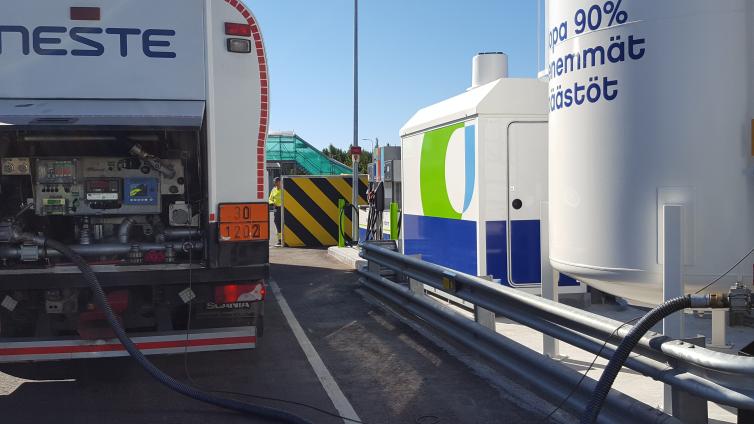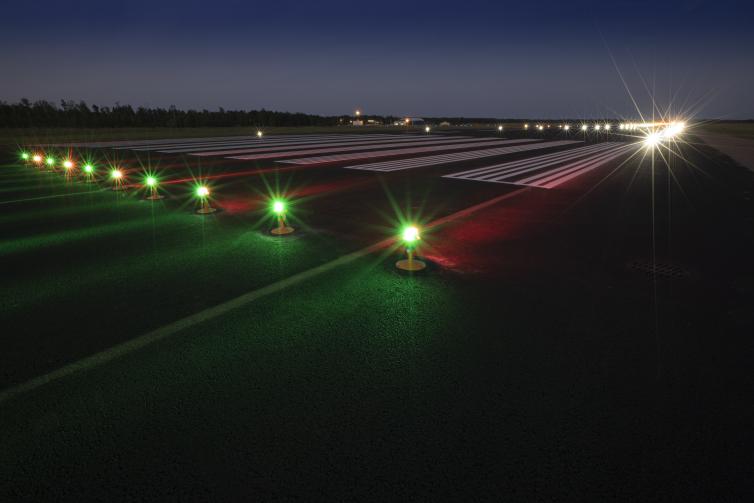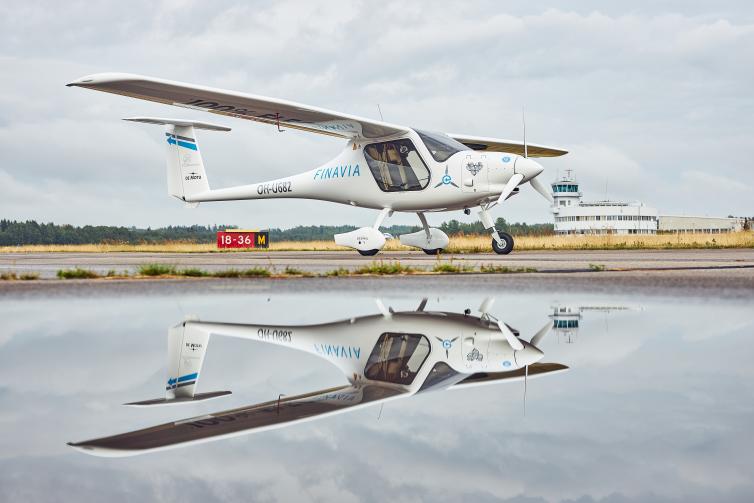Our climate programme started in 2008, which is when we began to calculate our carbon footprint and reduce emissions. Nine years later, after a lot of hard work and determination, Finavia’s operations at Helsinki Airport were certified as carbon neutral. Our airports in Lapland achieved carbon neutrality in 2018 and the rest of our regional airports followed in spring 2019.
Finavia’s carbon-neutral airports will reach net zero emissions in 2025. This means that we will reduce the carbon emissions generated by our operations to a level that is as low as is technologically and financially feasible, meaning very close to zero.
We have already reached net zero emissions in 2023 at four airports in Lapland: at Rovaniemi, Kittilä, Ivalo and Kuusamo Airports. Helsinki Airport will follow in 2024. The goal is for all of Finavia’s airports to reach net zero emissions by the end of 2025.
How have we reduced emissions at our airports?
The CO2 emissions of airports mainly arise from the lighting of terminals and other consumption of electricity, heating, cooling and the energy consumption of field vehicles.
We have significantly increased our use of renewable energy. We only use certified wind power at all of our airports and produce energy ourselves at the Helsinki Airport solar power plant.
Our field vehicles are powered with zero-emission diesel fuel made from waste materials and leftovers..
In order to reach net zero emissions, we are switching to renewable motor fuel oil for our machines. Currently, about half of our airports are heated using renewable energy, but we are planning to start using only renewable energy for heating.
We have made significant investments in improving energy efficiency through, for example, LED technology and automation.
Once net zero emissons have been reached, a couple of per cent of the previous emissions will still remain. In order to neutralise these emissions, Finavia participates in projects that remove carbon dioxide from the atmosphere. These include projects such as growing trees in areas where there are none. Finavia’s projects meet the criteria of the international Airport Carbon Accreditation (ACA) programme.
Carbon-neutral airports are a step towards sustainable air travel
We understand that, as an airport company, we are not able to solve the climate challenges of the entire aviation industry. However, we want to do all we can in the air traffic value chain for a more sustainable world.
We engage in climate cooperation with the entire value chain and have extended our climate programme to also include other companies operating at our airports. For example, we have worked together with airlines and the air navigation company to shorten airplanes’ taxiing distances and develop the use of airspace in a way that reduces fuel consumption and emissions.
We promote zero-emission air traffic in various ways. For example, we are involved in financing the development and testing of Finland’s first electric aircraft.
Finavia has signed an international climate agreement
We are a key partner in the joint commitment of European airport companies, which aims for 100 carbon-neutral airports in Europe by 2030. Finavia’s airports represent 20 per cent of this target. For Finland’s part, the target was already reached in 2019.
In 2019, we became a signatory to ACI Europe’s next goal, committing to net zero emissions by 2050. Finavia has set a goal of achieving net zero emissions in the next few years.
The geographical location of Helsinki Airport supports environmental responsibility
Helsinki Airport is located on the shortest route between Europe and Asia. For airlines, this means flights with lower fuel consumption and lower emissions.
The distance from Helsinki Airport to Beijing is approximately 6,300 kilometres. This is over 1,000 kilometres less than from Berlin to Beijing. Passengers are also encouraged to choose the most environmentally friendly flight route.
Our climate programme is part of our sustainability programme, the three cornerstones of which are the well-being of people, sustainable air traffic and good governance and finances. See Finavia’s sustainability programme: Towards sustainable air travel.




